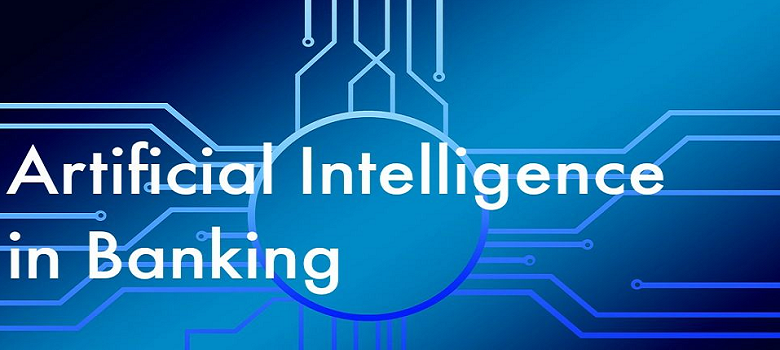In today’s globalized world, disease outbreaks do not stop at national borders. A health threat anywhere is a health threat everywhere. Efforts taken by the United Nations [UN], World Health Organization [WHO] and Centre for Disease Control and Prevention [CDC] in conjunction with the healthcare efforts taken up by various governments, NGOs, Research Institutions, Branded Pharma Companies etc. have managed to reduce the impact of Communicable Diseases and as per 2016 WHO data, Lower Respiratory Tract Infection is the only Communicable Disease that features in the list of Top 10 Diseases Causing Death. Globally. And hence, in today’s world, it’s not enough to only focus on vaccination and cure but it’s equally important to do effective reporting to control the cross border movement.

This is a perfect use case for Blockchain!
Using blockchain technology to record infected person’s information on a distributed ledger can allow stakeholders in different countries, conditional access to a single source of truth. A patient’s health data can be recorded on a ledger as a transaction with a time stamped audit trail. This makes Communicable Disease information more secure [patient data is encrypted], can take out the inefficiencies with current reporting practices of sending emails or some other form of non-trusted way of reporting data and real time distribution of data to research centres, quarantine facilities, Points of Entries [POEs] etc.
A centralized system to upload infection and infected party related data is the fastest and the most efficient way of reporting them, within and across border. But security is a major concern for any Healthcare data, especially when it’s about an individual, who is infected by a Communicable Disease. Any mistake therein, can prove really expensive. Hence any system used for this purpose need to be highly secure. Not all record sharing system, using the internet, will be secure. The system might be able to share data real time but the quality of data may be questioned. They might become the hackers’ target.
Blockchain Technology, with its built-in security will be able to address these concerns. Each relevant party can be a node in the chain, and on-boarding a node can also be monitored and approved by an International Organization, like WHO, in this particular case, given the required confidentiality. Blockchain Technology has the underlying trust infrastructure built in. It doesn’t require validation by a centralized authority. Hence it’s faster and real time. Furthermore, Blockchain also removes the need for any intermediary, thereby reducing the cost of operations.
In fact, Blockchain has been garnering substantial attention across industries, with VC’s investing over USD 1.4 billion in the technology in the past 3 years. The World Economic Forum estimates 10% of the global GDP to be stored using Blockchain by 2027.
The top five advantages of Blockchain technology are:
- Greater transparency
- Enhanced security
- Improved traceability
- Increased efficiency and speed
- Reduced cost
Aren’t they all supremely important for reporting cross-border Communicable Disease cases, a challenge the whole world is trying to grapple with?
About the author
Mohua Sengupta is the EVP & Global Head at Services at 3i Infotech Ltd. More details about her can be found here









